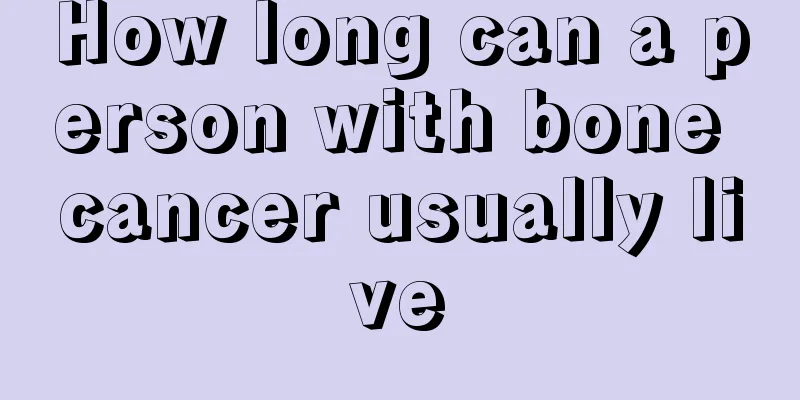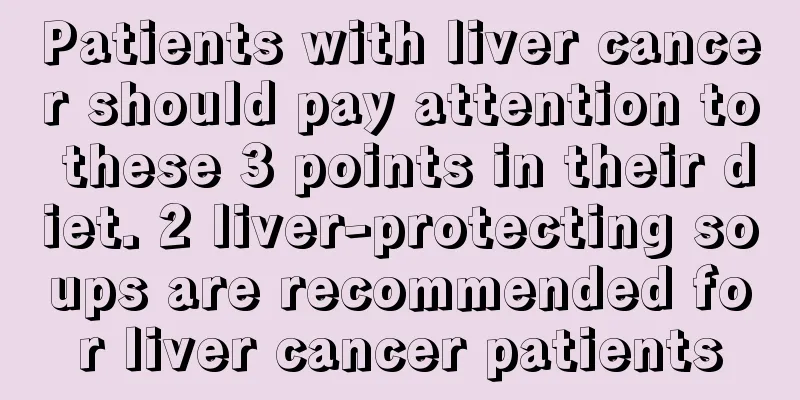The wound has healed but it's bulging

|
No one wants to have wounds on their body, right? Even if they do have wounds, they don’t want to leave scars, because scars on the body will greatly affect the external appearance of the skin. However, there are always some small accidents in our daily lives, which leave wounds on people's bodies. When a wound is left, people want it to heal quickly and do not want to leave scars. However, some people find that after their wounds have healed, there are still some raised areas. What's going on? 1. The wound healed but bulged. What happened? This situation may be a scar constitution, a scar formed after the wound heals. If this is the case, you can surgically remove the scar if you really want to treat it. But surgery is not 100% successful. If it does not affect functional activities, treatment is generally not required. 2. What is scar constitution The proportion of people with scar-prone physique is extremely small in the population. After the wound heals, the surface scar continues to increase in size, which not only affects the appearance, but also causes local pain, redness and itching. Scar contraction also affects functional movement. People with a scar-prone constitution will develop unlimited proliferation of keloid-like scars after any injury to any part of the body. To determine whether a person has a scar-prone constitution, you can see whether after the healing of previous skin wounds, you will develop scars that are higher than the skin, feel hard, and may be itchy, and the scars are larger than the original wounds. 3. Clinical manifestations Scar constitution is characterized by spontaneous formation, with the most common sites being the chest and scapula. The surface scars continue to increase in size and are red and hard in texture, which not only affects the appearance but also causes local itching and tingling. They begin as small and hard red papules, which slowly increase in size to produce round, oval or irregular scars that protrude above the skin surface, often exceeding the original site of injury and sometimes extending outward in a crab-foot-like shape. The upper epidermis becomes smooth, shiny and thin due to pressure. Over time, the color may turn into dark brown and the texture may become harder. Occasionally there are ulcers and infections, and patients may experience varying degrees of itching and tingling. Scar treatment 1. Massage Rub the scar with the base of your palm, three times a day, each time for 5-10 minutes. This method is most effective for wounds that have just shed scabs, but is less effective for old scars. 2. Skin grinding method. 3. Scar excision and suture method. 4. Tissue expander method. 5. Skin flap and tube method, free skin grafting method. |
>>: What effect does cigarette ash have on wounds
Recommend
What is nasopharyngeal cancer T3N1M0 and what foods are good to eat
What is nasopharyngeal cancer T3N1M0? What foods ...
What is the cure rate of breast cancer at the age of 38
When a 38-year-old woman is diagnosed with breast...
What are the treatments for cerebral infarction?
The brain is the command center of the human body...
Why do I have to push hard to pee?
Some people may encounter difficulty urinating an...
What are the methods for treating vitiligo
In life, we often see some people suffering from ...
What are the treatments for colon cancer
Experts say that colon cancer is primarily treate...
What are the traditional Chinese medicine prescriptions for treating lymphoma
We all know that lymphoma is a malignant tumor or...
The nose is itchy and runny, the correct distinction will be effective quickly
Experts say there are many causes of itchy and ru...
How to choose commonly used drugs for bile duct cancer
Drug therapy is also an important method for trea...
The efficacy of the starving grass
There are many ingredients around us that we are ...
Characteristics of Traditional Chinese Medicine in Treating Colorectal Cancer
In the late stage of colorectal cancer, due to th...
Auxiliary examination of mediastinal teratoma
Most teratomas are located in the anterior medias...
What are the causes of lymphoma and how to prevent it in life
What are the causes of lymphoma? How can we preve...
Is the success rate of the third generation test tube high?
If a couple has not been able to get pregnant for...
What is the method to detect early liver cancer
There are many ways to check for liver cancer, in...









